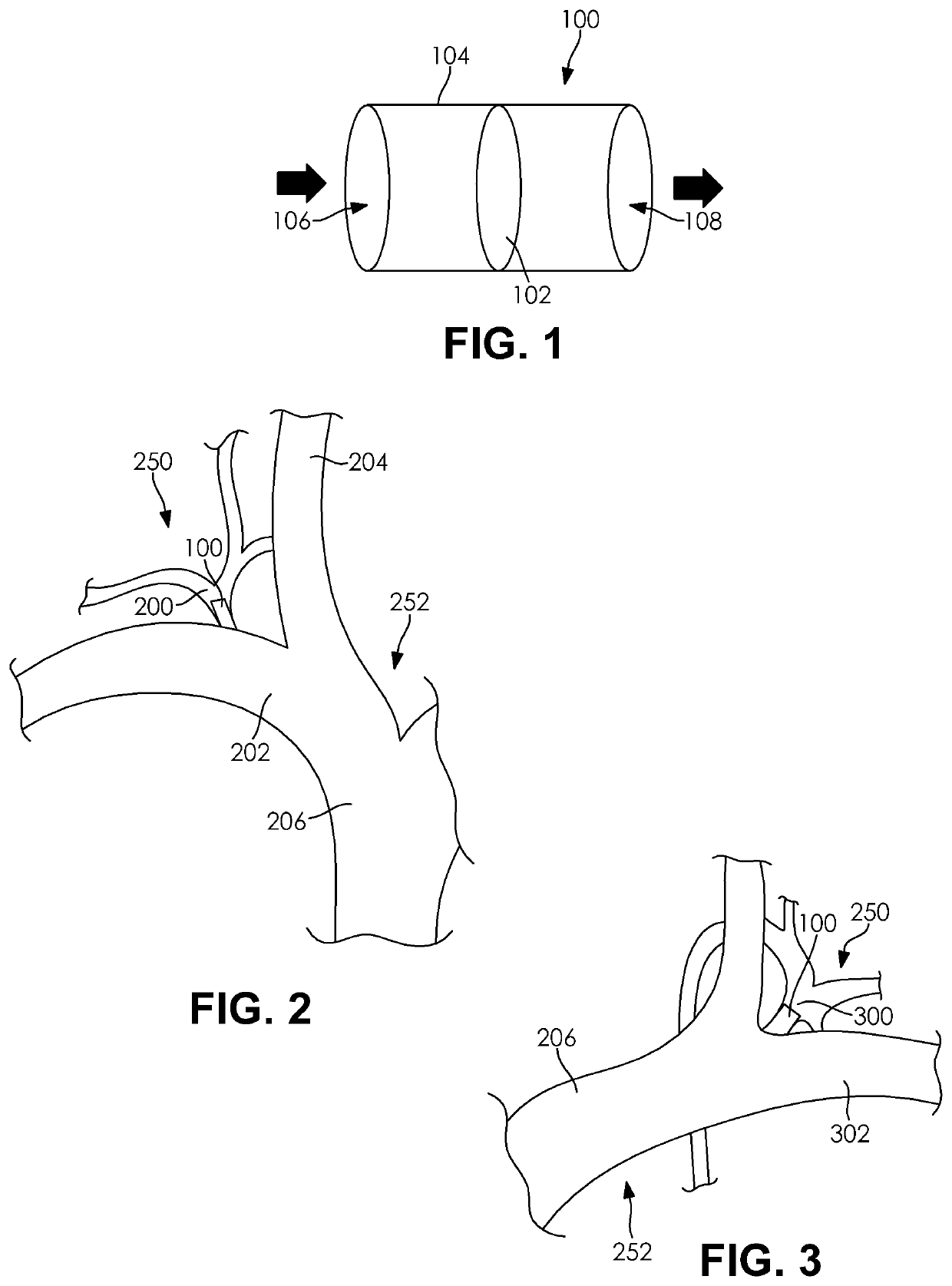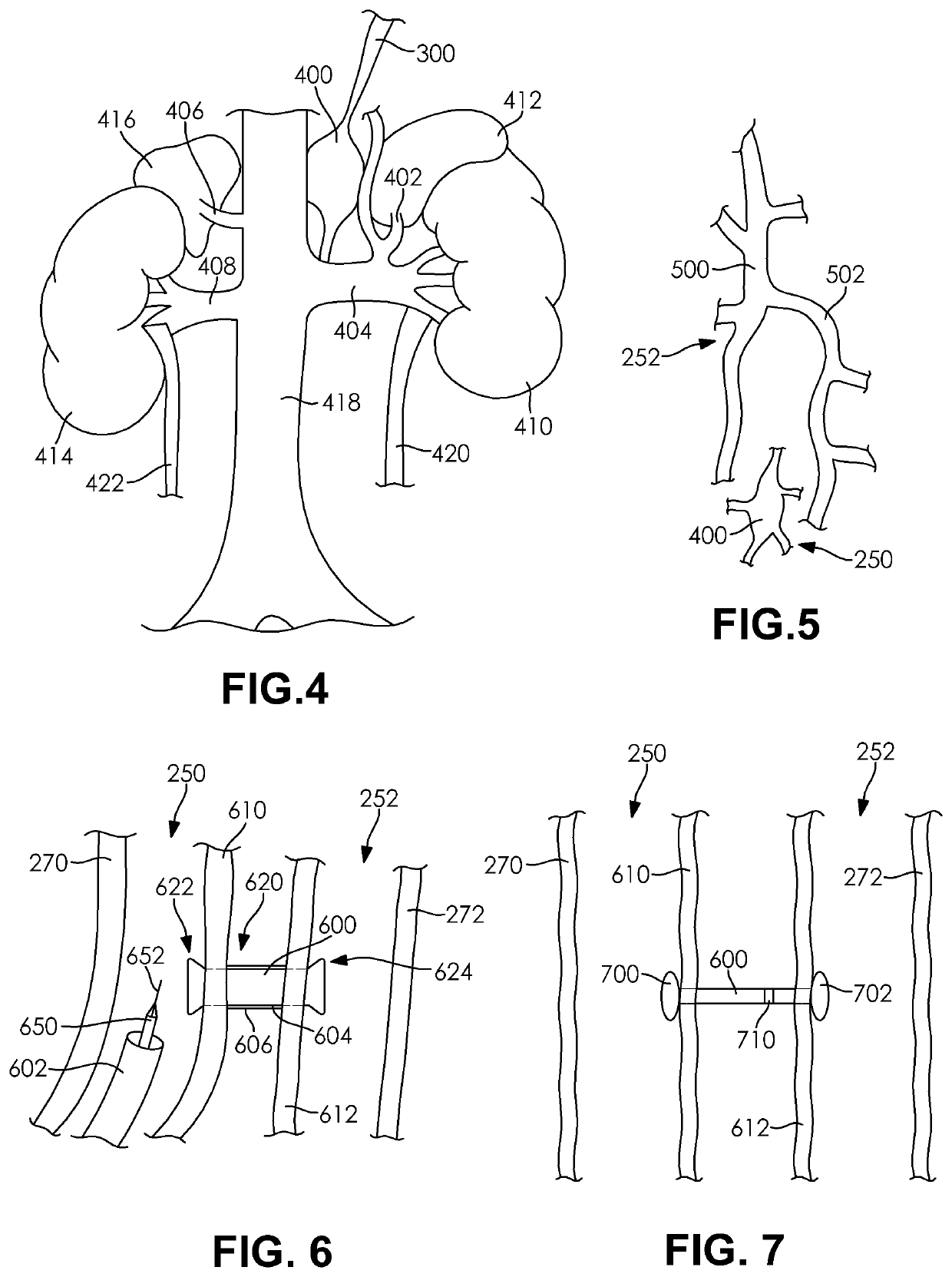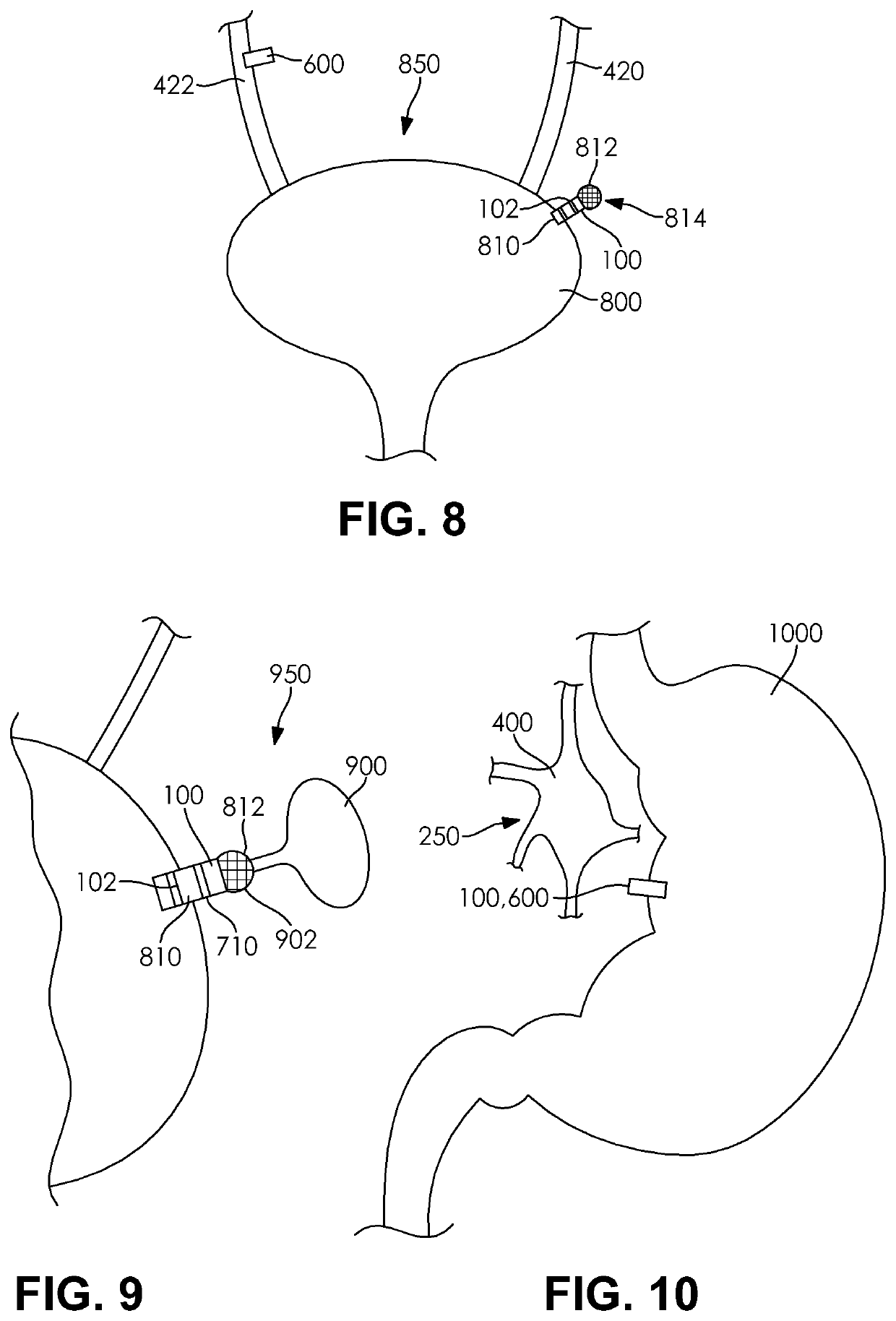Devices and Methods for Treating Congestive Heart Failure, Ascites, and Other Disorders Relating to Excess Bodily Fluid
a technology of excess bodily fluid and devices, applied in the field of devices and methods for treating congestive heart failure, ascites, and other disorders relating to excess bodily fluid, can solve problems such as obstruction or constriction of outflow, and achieve the effect of facilitating fluid drainag
- Summary
- Abstract
- Description
- Claims
- Application Information
AI Technical Summary
Benefits of technology
Problems solved by technology
Method used
Image
Examples
Embodiment Construction
[0030]For the purposes of promoting an understanding of the principles of the present disclosure, reference will now be made to the embodiments illustrated in the drawings, and specific language will be used to describe the same. It will nevertheless be understood that no limitation of the scope of this disclosure is thereby intended.
[0031]The present disclosure includes disclosure relating to the first therapeutic class (i.e., decompression of lymphatic system) with application to congestive heart failure (CHF) and other disorders.
[0032]The feasibility of TD lymph decompression / drainage has already been demonstrated in patients five decades ago (Dumont et al, 1963; Witte et al, 1969). Thoracic duct cannulation was made surgically in CHF patients (a total of 17 patients in two studies, mostly class IV stage) to allow drainage of the distended TD. The decompression therapy provided immediate resolution of a number of signs and symptoms, including significant reductions of the followi...
PUM
 Login to View More
Login to View More Abstract
Description
Claims
Application Information
 Login to View More
Login to View More - R&D
- Intellectual Property
- Life Sciences
- Materials
- Tech Scout
- Unparalleled Data Quality
- Higher Quality Content
- 60% Fewer Hallucinations
Browse by: Latest US Patents, China's latest patents, Technical Efficacy Thesaurus, Application Domain, Technology Topic, Popular Technical Reports.
© 2025 PatSnap. All rights reserved.Legal|Privacy policy|Modern Slavery Act Transparency Statement|Sitemap|About US| Contact US: help@patsnap.com



